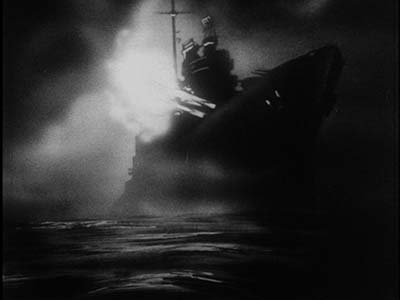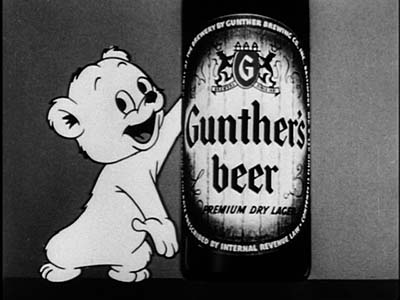YOU MISSED IT! Our new Reference Pack is available NOW on the Members Only page!

We just posted Reference Pack 032 to our Members Only Page. Every other month, Animation Resources shares a new Reference Pack with its members. They consist of an e-book packed with high resolution scans and video downloads set up for still frame study. Make sure you download the Reference Packs before they’re updated. When it’s gone, it’s gone!
JOIN TODAY To Access Members Only Content



![]() This time our Reference Pack includes one of our most important projects ever— musical timing rediscovered! For the past six months, animator Davey Jarrell and Animation Resources President Stephen Worth have been formatting, breaking down and analyzing Chuck Jones’s bar sheets to reverse engineer the secrets of musical timing. The result of this research is now available for members to download. First of all, we have produced a PDF e-book, with high resolution scans of the bar sheets themselves. Covered with notes by the musical director of “Grinch”, Eugene Poddanny, and action notes by Chuck Jones, this document details the first pass of planning for how the storyboard should be edited to time; and it outlined the basic structure of the featured songs and underscore. Also included is a widescreen video which sets the finished animation right next to a scrolling timeline of the bar sheet notes. You can still frame through the video and count frames and see exactly how the planning formed the foundation for the final film. Lastly, Davey Jarrell and Stephen Worth have recorded an hour long audio podcast, where they explain in detail how the process worked and what we can take from it to inform modern day animation technique.
This time our Reference Pack includes one of our most important projects ever— musical timing rediscovered! For the past six months, animator Davey Jarrell and Animation Resources President Stephen Worth have been formatting, breaking down and analyzing Chuck Jones’s bar sheets to reverse engineer the secrets of musical timing. The result of this research is now available for members to download. First of all, we have produced a PDF e-book, with high resolution scans of the bar sheets themselves. Covered with notes by the musical director of “Grinch”, Eugene Poddanny, and action notes by Chuck Jones, this document details the first pass of planning for how the storyboard should be edited to time; and it outlined the basic structure of the featured songs and underscore. Also included is a widescreen video which sets the finished animation right next to a scrolling timeline of the bar sheet notes. You can still frame through the video and count frames and see exactly how the planning formed the foundation for the final film. Lastly, Davey Jarrell and Stephen Worth have recorded an hour long audio podcast, where they explain in detail how the process worked and what we can take from it to inform modern day animation technique.


We also have an animated film from Poland that will tickle you with its simplicity of idea and form.
JOIN TODAY To Access Members Only Content
And that’s not all! This time we have brought back an incredible WWII training film and a pair of 1950s commercial reels featuring beer and automotive commercials.

At Animation Resources, our Advisory Board includes great artists and animators like Ralph Bakshi, Will Finn, J.J. Sedelmeier and Sherm Cohen. They’ve let us know the things that they use in their own self study so we can share them with you. That’s experience you just can’t find anywhere else. The most important information isn’t what you already know… It’s the information you should know about, but don’t know yet. We bring that to you every other month.

JOIN TODAY To Access Members Only Content

Haven’t Joined Yet?
Check out this SAMPLE REFERENCE PACK! It will give you a taste of what Animation Resources members get to download every other month!

Animation Resources is a 501(c)(3) non-profit arts organization dedicated to providing self study material to the worldwide animation community. If you are a creative person working in animation, cartooning or illustration, you owe it to yourself to be a member of Animation Resources.




























